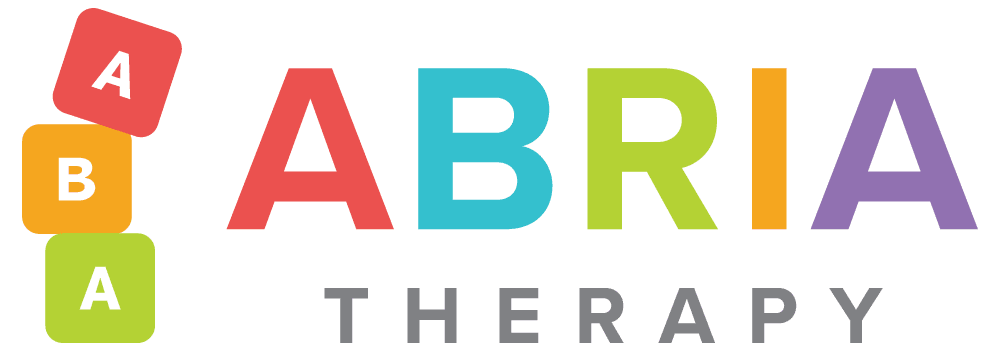However, our research is meant to aid your own, and we are not acting as licensed professionals. We recommend that you use your own judgement and consult with your own consultant, lawyer, accountant, or other licensed professional for relevant business decisions. Thus, by this means, a cash cow enables a firm to flourish, making it an essential element to the firm. Above all, these companies can do this without undermining profitability.
A “cash cow” is a term used to describe a business or investment that generates consistent and significant cash flow over a long period of time. In this article, we’ll explain what a cash cow is, why it’s considered an attractive investment, and provide some examples of cash cow investments. A cash cow is what is the operating cycle a company or business unit in a mature slow-growth industry. Cash cows have a large share of the market and require little investment.
Although cash cows operate in mature markets, there’s still room for further market penetration. Firms can seek to deepen relationships with existing customers or target remaining segments of the market yet to adopt the product. However, since these markets are mature, the focus is often on maintaining market share rather than seeking expansive growth. However, some firms, especially large corporations, realize that businesses/products within their portfolio lie between two categories. This is especially true with product lines at different points in the product life-cycle. Cash cows and stars tend to complement each other, whereas dogs and question marks use resources less efficiently.
These companies’ strong market share bring in strong revenues every year. They also thrive in sectors with competitive barriers to entry. Coke is the perfect example of a cash cow because it child tax credit definition generates abnormal profit in a mature market.
Why Do Economies Prefer Growth In Manufacturing Over Agriculture Or Services?
A Cash Cow is a profitable product or business that brings in a steady flow of income. It may also refer to a business venture that generates more profit than it cost to acquire or create. Another notable model is the Ansoff Matrix, which focuses on growth strategies through market penetration, market development, product development, and diversification. Unlike the BCG Matrix, which is more about resource allocation based on current performance, the Ansoff Matrix provides strategic options based on potential growth opportunities. Understanding these dynamics is essential for any business strategy, and tools like strategic analysis tools can provide the frameworks necessary to analyze and manage these categories effectively.
Boston Consulting Group (BCG) Matrix
The funds, therefore, can be used to finance new projects, innovation, and expansion. Cash cows are characterized by their ability to generate high profits and cash flow with minimal investment and effort, making them highly desirable assets for companies. In the business world, understanding the practical application of concepts like the cash cow in the BCG matrix is crucial. This section delves into real-life examples of cash cows across various industries, providing insights into their management and the impact of market changes on their performance.
Suppose that the demand for soap is 100 and your share is 30. Since the demand rarely increases, you must fiercely compete with other companies to increase your share and consequently grow your business. In a high-growth market, on the other hand, your business can be increased in conjunction with the growing market. When the total market demand grows to 150, your sales will also grow to 45, simply by maintaining your market share at 30%. The aforementioned products have made a mark on their respective industries, and hence hold a big chunk of the market share in these industries.
Strategies that Aid Cash Cow Products
Moneymakers are industry leaders; they often assure higher than normal returns. Price Leadership refers to a situation where the dominant firm sets up the price of goods or services in the market. Moving on to a fictional example, let us assume that a company has two divisions—steel and alloy wheels. The steel wheels have a growth of 3%, and the alloy wheels have a growth of 8%. Using that data, the company wants to identify the cash cow, calculate its present potential and calculate cash reserves for the next five years.
The biggest example of a cash cow is Alphabet’s (earlier called Google) search engine, with a market share of 67.6% in the US. Moreover, platforms like Creately offer advanced features that facilitate the visualization and comparison of these models. With frameworks like Strategic Group Maps and Scenario Planning Templates , businesses can dynamically adjust their strategies in response to market changes, ensuring sustained growth and competitiveness. For businesses seeking a comprehensive analysis, integrating multiple strategic models can be highly beneficial. This integration allows for a more robust evaluation of both internal capabilities and external market conditions.
Market share refers to the percentage of the total market your company’s sales represent. Apple’s iPhone, despite facing stiff competition in the smartphone market, has a solid user base that ensures steady sales and substantial profits. The income generated from the iPhone allows Apple to invest in research and development, introduce new products, and expand its services segment. While the BCG Matrix categorizes business units into four distinct quadrants, other models like the GE/McKinsey Matrix and the ADL Matrix Template offer different dimensions and criteria for analysis.
Despite being a mature product, it continues to generate substantial revenue for Microsoft due to its dominant market share. The profits from Windows help fund Microsoft’s other ventures, including its cloud computing services and hardware development. Companies can become overly reliant on their cash cows for profitability, especially if other business units are not generating adequate returns.
- Stars require large capital outlays but can generate significant cash.
- Examples of cash cow investments include Coca-Cola, Procter & Gamble, Microsoft, Johnson & Johnson, and McDonald’s.
- A cash cow brings in lots of money and requires the minimum of investment.
- The funds, therefore, can be used to finance new projects, innovation, and expansion.
We and our partners process data to provide:
Such assets, along with stars, question marks, and dogs, make up the four quadrants of the BCG Matrix, representing different stages and roles of products or business units within a company’s portfolio. In the realm of business strategy, a cash cow refers to a product or business unit that consistently generates more cash than it consumes. This quadrant of the Cash Cow Matrix is characterized by high market share in a slow-growing industry, making these units stable sources of revenue with minimal investment required for maintenance. This could be any company, product line, division, asset, or product that generates superior and consistent profits. The money makers don’t have impressive growth rates but are well-established businesses. Having a balanced business portfolio, including cash cows, stars, question marks, and dogs, reduces reliance on a single business unit for profits.
The profit generated by these offerings is more than what is required to maintain the business. Hence, these profits are used to finance other activities carried out by the firm. Cash cow businesses can also return their free cash flow to stockholders. A cash cow brings in lots of money and requires the minimum of investment. The roof tile division manufactures and sells 70% of its products in the European Union and the USA. The cash cow generates more money than the amount needed to maintain the business.
It allows companies to spread risk across different stages of the product life cycle and market conditions. Cash cows are a cornerstone of any diversified business portfolio. They are products or business units that have managed to secure a large share of the market in an industry that is mature and typically characterized by slow growth.


